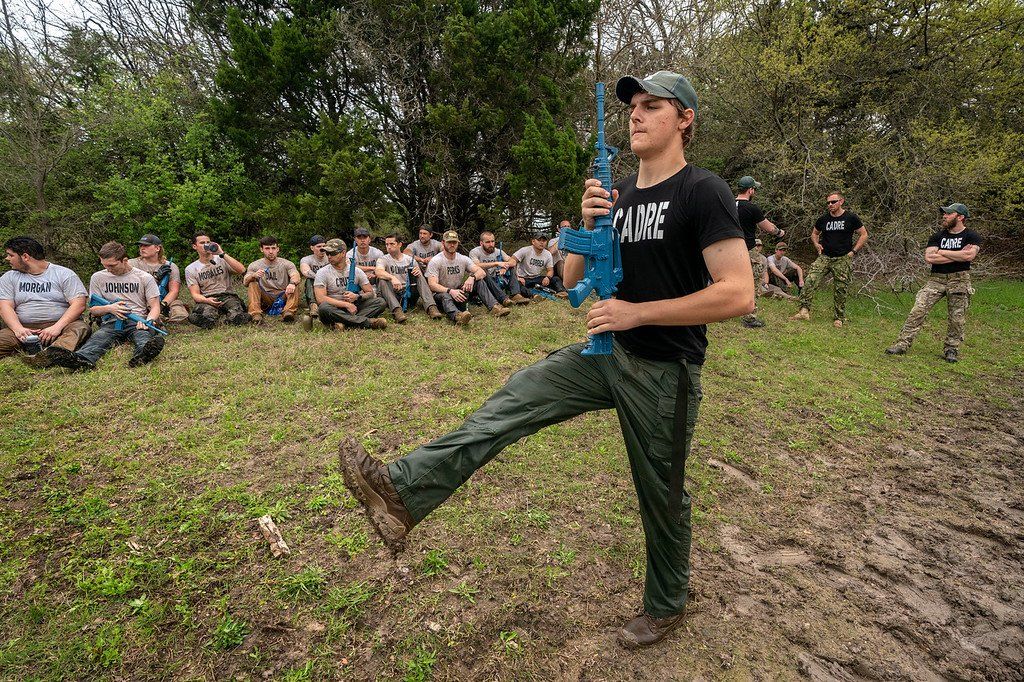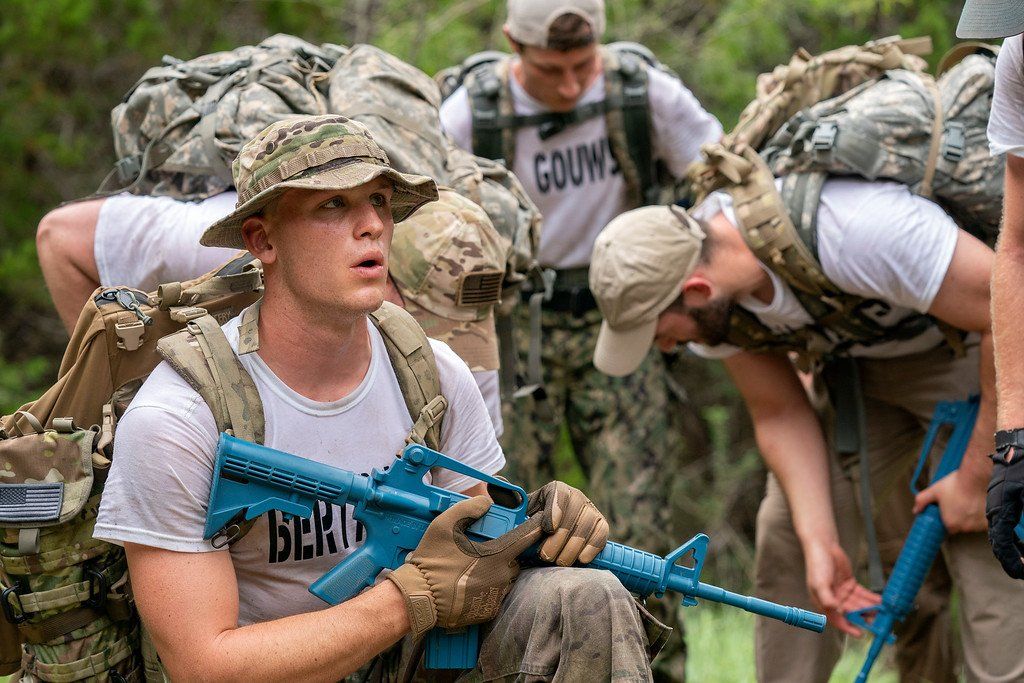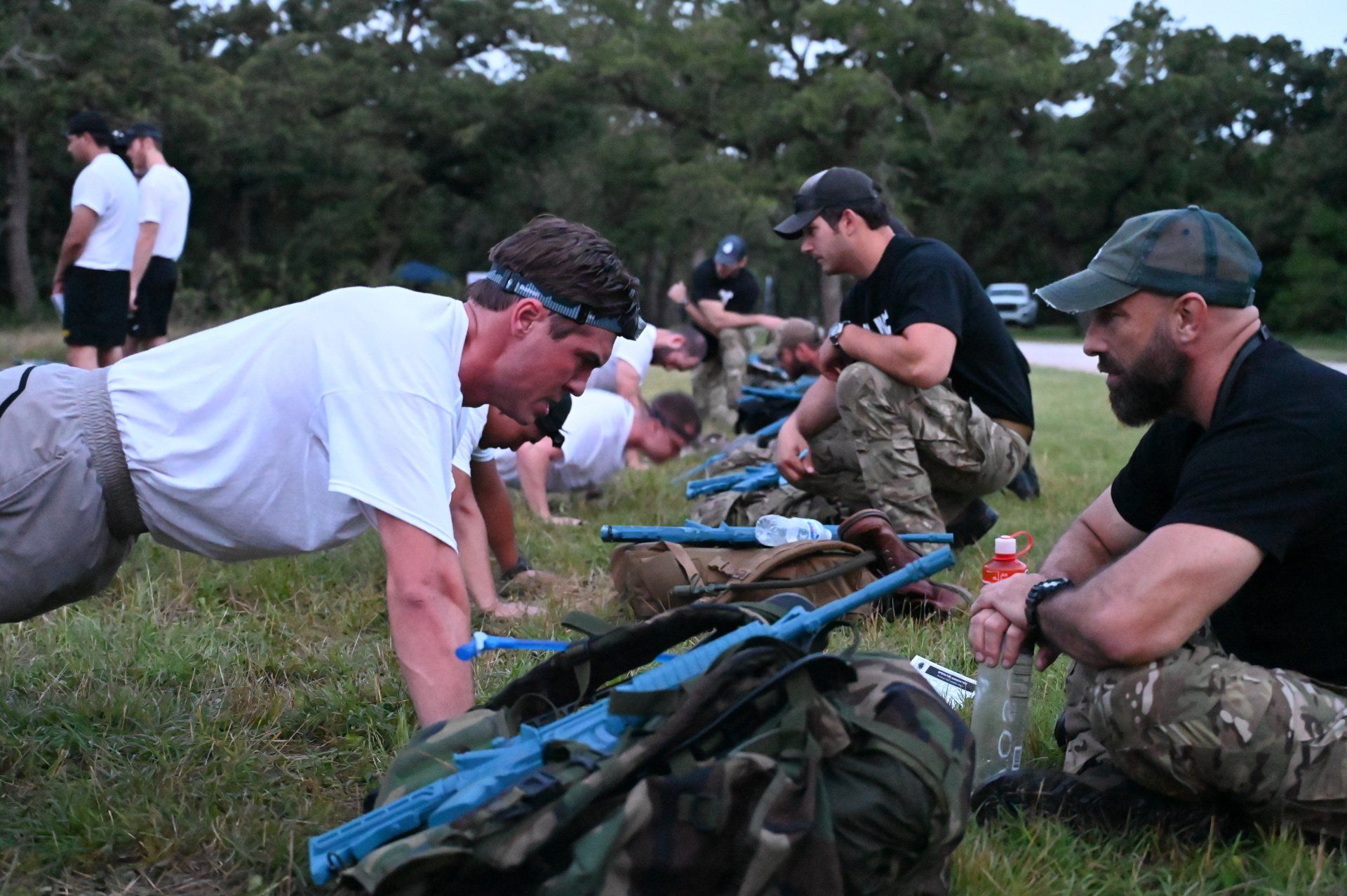How to Protect Your Feet While Rucking
September 19, 2021
Military secrets and techniques for keeping your feet healthy during ruck marches.
If you’re on the SOF pathway, your feet are the most efficient, reliable, and crucial forms of transportation you’ll encounter. With that being the case, ruck marching is an integral part of SOF training. There’s only one problem: while your feet are valuable and efficient, overusing them can lead to pain, infection, and a significant decline in performance.
In previous OA guides, we discussed the macro aspects of rucking like ruck marching tips and techniques
and how to prepare your body for rucking. In this one, we’ll explain three military techniques that you can use to ensure your feet stay healthy on the long, challenging rucks you’re bound to encounter at selection.
Eliminate Moisture
Having water in your body during ruck marches is great – having it in your boots isn’t. If you want to avoid blisters and possible infections, you must keep your feet as dry as possible. Having clammy feet while rucking causes rubbing, which leads to blistering, irritation, peeling skin, discomfort, and many more symptoms that impede your performance. Eliminating moisture from your boots consists of two aspects:
1) Preventing Dampness During Rucking
There are several techniques and tricks that you can use to prevent moisture in your boots while rucking. First, you must wear the right socks. Socks act as a barrier between your feet and the boot – they can make the difference between a comfortable ruck and a painful struggle. Wearing the wrong socks (like the thin, cotton, athletic type) during rucking will blister your feet in less than a mile, so investing in proper foot protection is a must. We suggest getting a sturdy pair of thick, woolen socks. They pull moisture away from your foot, keep your feet warm in cold climates, and offer a thick layer of protection for your feet. To further prevent blistering from moisture, you can also use baby powder or anti-blister balm to help your feet – glide in the boot instead of rubbing and creating hot spots.
2) Drying Your Boots Properly Between Marches
When you’re between rucks, it’s critical to dry your boots so that they’re ready for the next trek. Drying your footwear properly between marches isn’t only essential for eliminating moisture. It’s also a great way to maintain your boots, keep them in good condition, and prevent any odors from developing.
Depending on your surroundings (whether you’re indoors or in the field), there are several ways to dry your boots and have them ready for use when you need them. Before you start drying, remove your laces. This may seem like a hassle, but the improved airflow throughout the boots will help them dry significantly faster. If you’re indoors and have access to electricity, using a fan to dry your footwear is an excellent option. Simply position the opening of your boots facing toward the fan, crank it to the max power setting, then sit back and relax.
If you’re in the field, things become a bit more complicated, but drying your boots overnight is still possible if you can build a reliable fire. Once you have a fire started, you must dry your boots both internally and externally. To dry the inside, take a few warm (not fiery-hot), dry rocks from around your fire and throw them into your boots – the heat will evaporate moisture. To dry the outside of your boots, put them by the fire. The warmth will take the dampness out of their outer layers. It's important to note that heat is bad for your boots. Over time, using this method can make them deteriorate faster. But this drying technique is still a better alternative than rucking with wet boots the following day.
Practice Excellent Hygiene
This should go without saying, but having proper foot hygiene is crucial for keeping your feet safe and healthy while rucking. Excellent foot hygiene can prevent pain and blisters while wearing boots and helps you avoid several bacterial and fungal infections. Trimming your toenails properly before rucking is one of the most crucial aspects of rucking foot hygiene.
The longer your toenails, the more they can collide with the toe of your boot while you march – leading to pain, ingrown toenails, and other health problems. Although you’re likely used to cutting your nails along the curve of the nail bed (where your nail attaches to the toe), military rucking best practices suggest trimming your nails in a straight line. This might look and feel odd, but it can help prevent ingrown nails from long marches.
Take Care of Your Blisters
Regardless of how well you follow the tips in this guide, you’ll inevitably develop blisters from long-distance marching. When that happens, you must know how to treat them and prevent infections and further pain. You can often prevent a blister before it forms by recognizing when your foot is developing a hot spot. These are red, irritated areas caused by repetitive pressure and rubbing while marching. If ignored, hot spots will turn into painful blisters. The best way to treat a hot spot in the field is using duct tape to cover it. The tape will act as a buffer between your foot and the boot, as well as help your foot slide instead of rubbing.
If a blister does develop, here’s how the US Army suggests dealing with it. First, wash your hands and the affected area. Then, heat a needle with a flame until it glows red (and then let it cool), or use an alcohol swab to disinfect it. Puncture the blister and use gentle pressure to drain the fluid. Once drained, apply an antibiotic ointment if you have one or disinfect it with some more alcohol. Apply a bandage, band-aid, or moleskin dressing to keep the area clean. If the blister continues to ooze liquid several days after you’ve treated it, visit a doctor/medic as you may have an infection.
Knowledge is critical to success as a SOF operator, but so is physical fitness. The stronger and tougher you are, the more capable you will be of leading your team and accomplishing the mission. The way to achieve this is simple: start working out.
But how can you ensure that the training you do is helping you become fitter? The answer: with an OA Workout Program. Our programs give you a week-by-week rundown of the specific exercises that will equip you to conquer any situation. Whether you are looking to improve your 5-mile time or prepare for a PT test, we have the program for you. Visit our workouts page to get started today!








